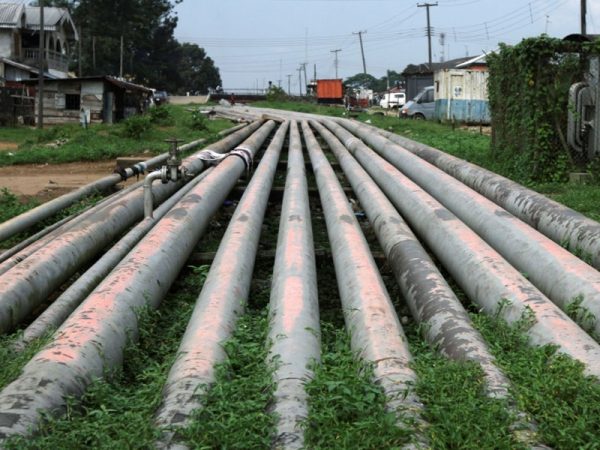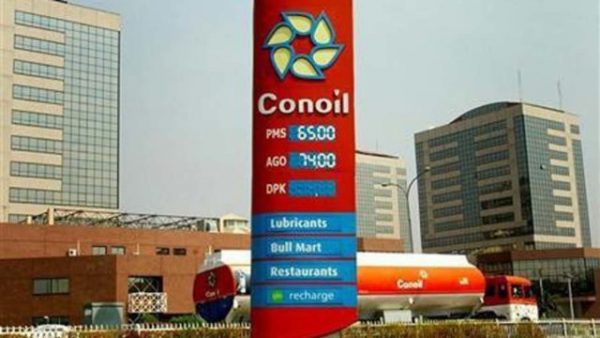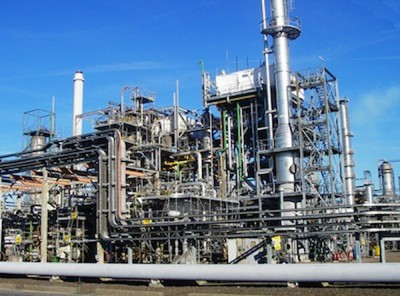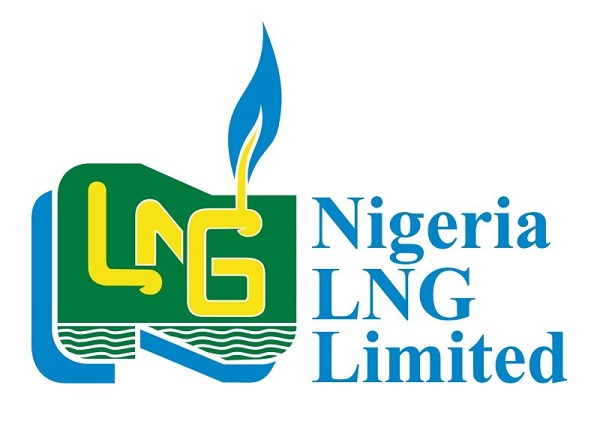U.S Surpasses Nigeria In Oil Exports, Slashes Imports

The US has significantly reduced imports of Nigerian crude oil in the past few years as the oil produced in its shale operations is similar to Nigeria’s crude.
Its oil imports from Nigeria plunged to 9.599 million barrels in the first three months of this year from 15.879 million barrels in the same period of 2018, according to latest data from the US Energy Information Administration.
The North American country increased its oil exports to 2.002 million barrels per day in 2018 from 1.118 million bpd in 2017, emerging the seventh biggest exporter of crude oil, according to the 2019 Annual Statistical Bulletin of the Organisation of Petroleum Exporting Countries. It also overtook Angola, Venezuela, Kazakhstan, Norway, Mexico and Brazil.
Nigeria, Africa’s top oil producer, saw its exports fall to 1.811 million bpd in 2018 from 1.979 million bpd in 2017.
OPEC noted that the year 2018 saw substantial global supply growth, with total oil liquids production increased significantly by 2.6 million bpd, outpacing oil demand growth by more than one million bpd in 2018.
It said the increase was once more driven by outstanding production gains in North America, particularly in the US.
Oil supply in the US increased by around 2.3 million bpd in 2018, representing almost 80 per cent of total non-OPEC supply growth, according to the report.
For decades, the US Energy Policy and Conservation Act enacted regulations constrained US crude oil from being exported outside national territories. However, in December 2015, Congress lifted the ban and volumes of crude oil exports skyrocketed significantly thereafter.
“From a regional perspective, historically, Canada used to be the main export destination of US crude oil. However, after the lifting of the ban, Western Europe and particularly Asia have become top destinations of US crude oil exports,” OPEC said.
Some of the largest importers of Nigerian crude oil, such as India and the Netherlands have become the main purchasers of US crude.
Nigeria’s oil exports to Asia and Pacific dropped to 387,200 million bpd in 2018 from 512,600 bpd in 2017, according to OPEC.
According to import statistics, the US used to be the biggest importer of crude oil worldwide until 2017, when China outperformed the world’s biggest economy.
The US imports dropped to 7.756 million bpd in 2018 from 7.966 million bpd in 2017, OPEC data showed.
Nigeria’s Daily Oil Production Now 2.2mb At $22 Per Barrel Production Cost
Nigeria’s daily oil production has exceeded the 2.3 million barrel per day benchmark for the 2019 budget.
The outgoing Group Managing Director, Nigerian National Petroleum Corporation (NNPC), Dr. Maikanti Baru, disclosed this in Abuja, last week during a discussion with the national officials of the Nigerian Union of Journalists (NUJ).
He maintained that Monday’s crude oil output figure was a significant improvement from the average daily production of 2.1 million barrels recorded last year.
He also said the country was able to attract $3.6 billion and $3 billion as Foreign Direct Investment into the oil and gas industry in 2017 and 2018 respectively.
He added that some officials of the corporation were close to sealing up another $7 billion FDI into the sector in London.
He highlighted internal and external transparency in the sector as a key factor in achieving this feat.
Baru said: “Since we came in July 2016, we had been focused on increasing production of oil and gas and condensates. At some point, our national combined production was about a million barrels; I am happy that as at the end of 2018, we have moved on, averaging last year, about 2.1 million barrels.
“As I am speaking, this morning, I look at our production figures, combined oil and condensates we are pushing 2.32 million barrels a day. This stability and ability to push production has come as a consequence of several factors, both internally, externally and also with the help of the media.
“Our drive for transparency has also produced a lot of fruits. We have been able to attract FDI into the oil and gas industry and in 2017 alone, we attracted about $3.6 billion.
In 2018, we shot it up by $3 billion; at the moment, some of our officers are in London, where they are negotiating sums in the region of $7 billion as FDI for the oil and gas sector.”
Speaking on the cost of production, the NNPC helmsmen revealed that the company had been able to minimise the cost of production to $22 from $27 per barrel in the firm’s Joint Venture (JV) operations.
“Oil exports are the largest single source of Nigeria’s revenue and anything that makes these more appealing to buyers would help revenues grow, including reducing the cost of production”.
He, however, noted that the corporation was on the lookout for means to bringing the cost to $20 per barrel.
While shedding more light on the state of Nigerian refineries, he said, “At the Port Harcourt refineries, the contractors are on site; they are carrying out every checks and lots of non-destructive testing. We believe that by the end of October, we would have detailed review and we would approach our financiers, clearly on financing basis; raise the funds because they are quite willing to fund the operations.
“NNPC would do that and pay the loans as appropriate, being that government does not have sufficient funds to finance the refineries rehabilitation. That is why it is taking time,” he said.







